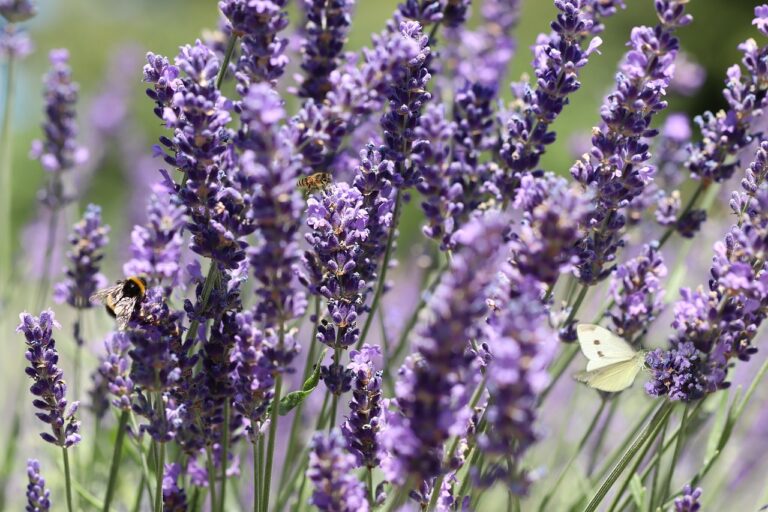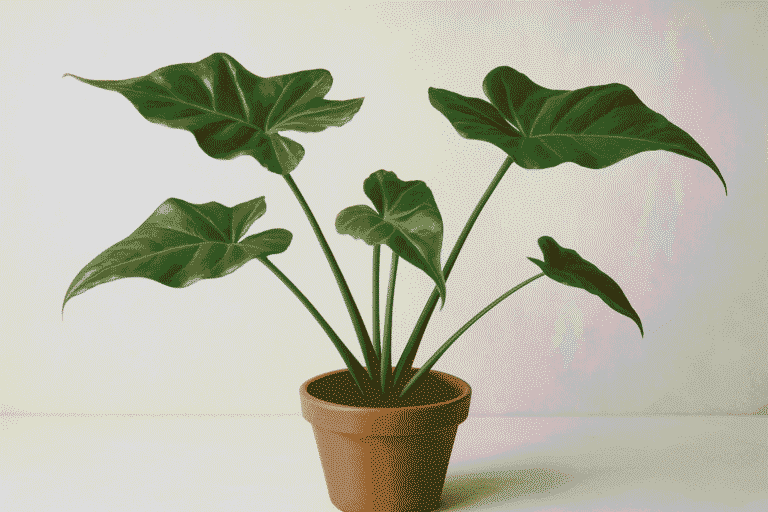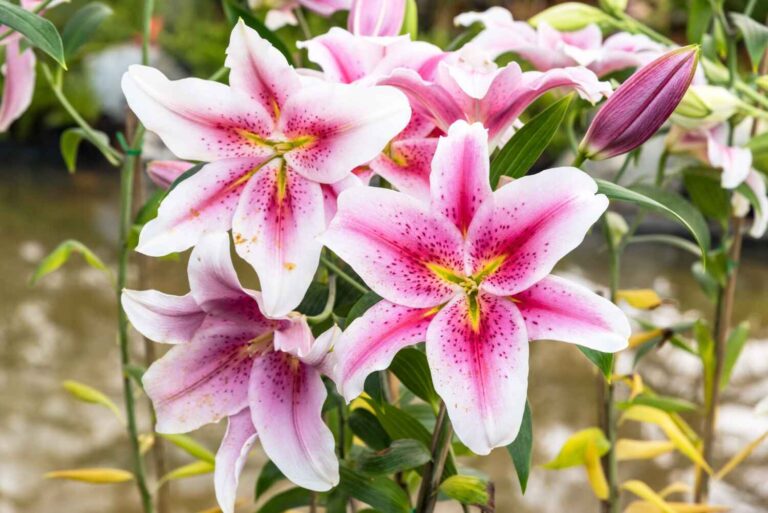Ultimate Guide to Growing Bee Balm in Texas: Benefits, Tips and Companion Planting
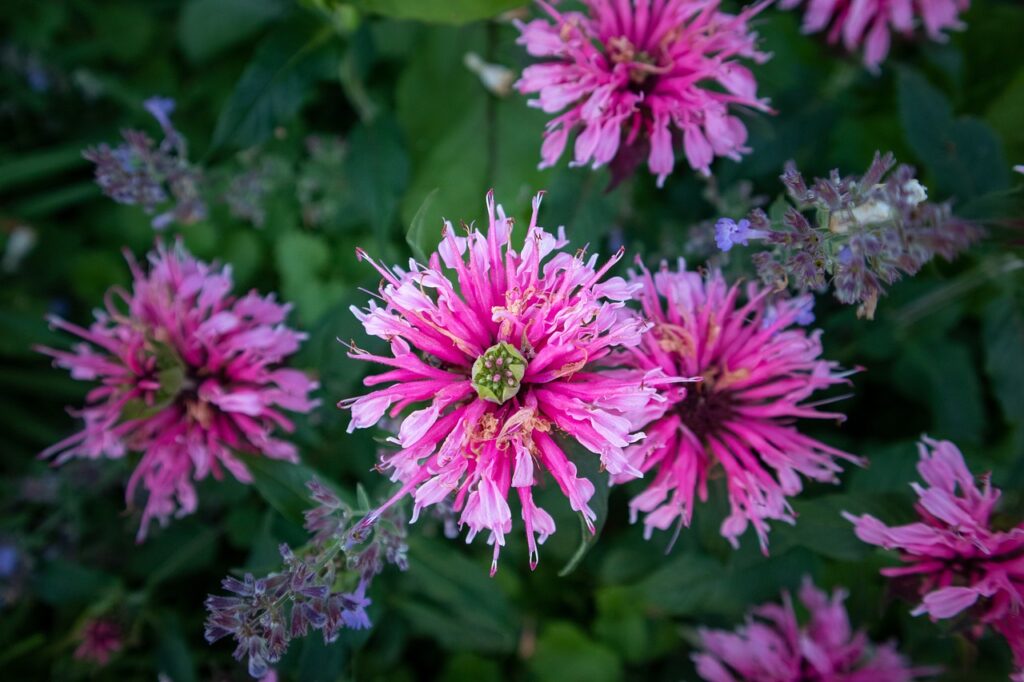
A few years ago, I picked up a plant from a local nursery I had never seen before. It was tall, a bit wild-looking, with bright red flowers and a scent I could not quite figure out. The label read Bee Balm. As someone who enjoys experimenting in the garden, I decided to give it a try. Now, bee balm is one of my favorite plants in the yard.
If you are in Texas and thinking about adding bee balm to your garden, I hope my experience helps. I will walk you through how to grow it, how much sun it needs, what not to plant with it, and even how it connects to herbal lip balm products you might already know.
What surprised me most wasn’t just how pretty it looked, but how much it changed the whole feel of my yard. It became the spot I’d walk by every day just to take a second and breathe. That’s when I realized bee balm wasn’t just a plant—it was something special. And ever since then, it’s had a permanent place in my garden.
What is Bee Balm?
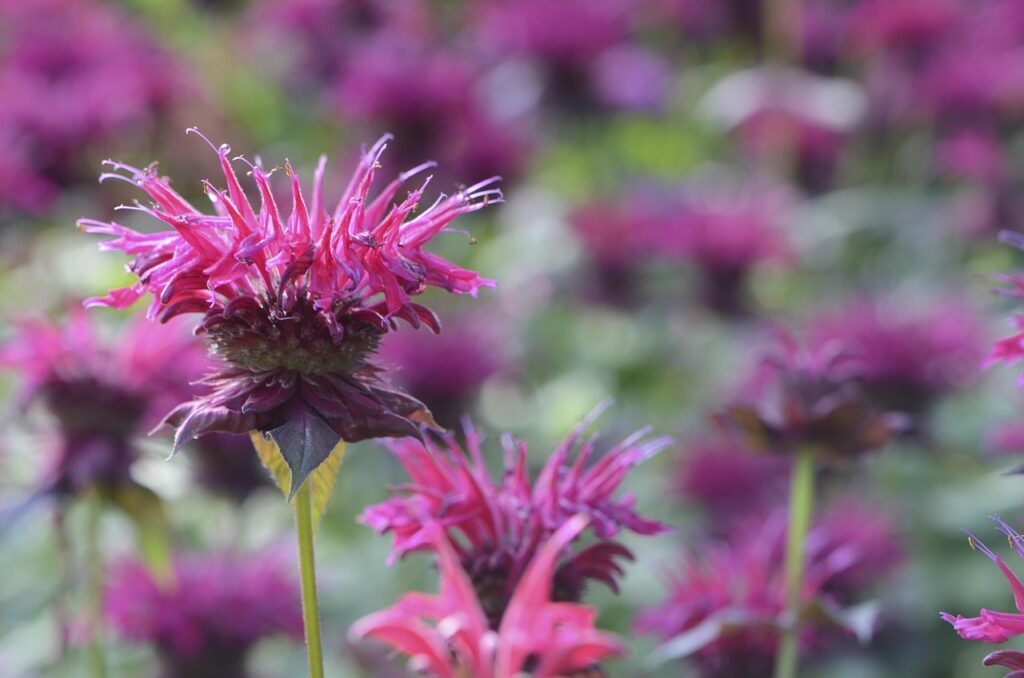
Bee balm, also known as Monarda, belongs to the mint family. That means it spreads, and quickly. But it also means it is tough, aromatic, and full of character. These qualities make it a great fit for Texas gardens. I planted mine in late March. It took off quickly and started blooming in May. Bright red flowers attracted hummingbirds and bees almost immediately. It added color and life to a previously dull corner of the yard.
I kind of stumbled into growing bee balm by accident. At first, all I knew was that it had a quirky name and these bright red flowers that stood out. A friend mentioned that bees and butterflies go crazy for it, so I figured, why not? I planted a few and, honestly, I was surprised by how quickly it took off. That empty corner of my yard turned into a lively little hub, full of color and buzzing with visitors. The leaves have this fresh, minty smell, and the blooms have a slightly wild, untamed look that I’ve grown to love. Now, it’s a must-have in my garden—low maintenance, high reward, and full of personality.
Types of Bee Balm That Work Well in Texas
Here are a few types I have had success with:
- Monarda didyma or Scarlet Bee Balm: big red flowers, loves a bit more water
- Monarda fistulosa or Wild Bergamot: pale purple flowers, handles dry spells well
- Monarda citriodora or Lemon Bee Balm: a smaller plant with a soft citrus scent
Of these, lemon bee balm has become a favorite. It is not flashy, but it is reliable and smells great.
Does Bee Balm Like Full Sun or Shade?
This is one of the most common questions I get from friends who visit the garden.
From my experience, bee balm loves full morning sun. But in parts of Texas where the afternoon heat can be harsh, it helps to offer some shade later in the day.
In Central Texas, I grow it in a spot that gets sun until around two or three in the afternoon. That balance keeps the leaves from burning and encourages strong blooms.
So if you are in a hot part of the state, try to give your bee balm some afternoon shade. Otherwise, full sun is perfect.
Bee Balm Benefits for Your Garden and Home
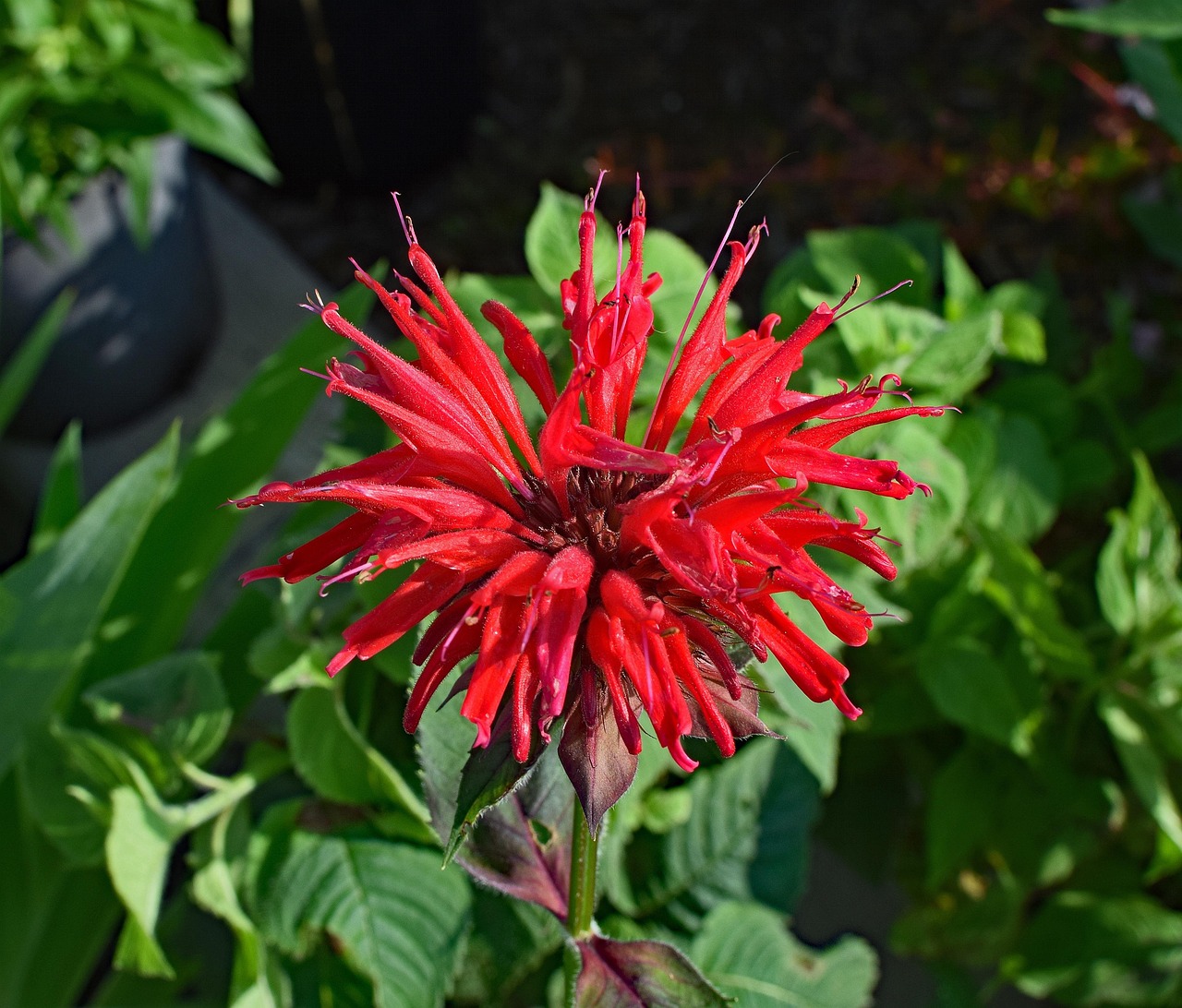
This plant is not just pretty. It is useful, too.
- Attracting Pollinators
Bee balm brings in all kinds of pollinators. I have seen more hummingbirds, bees and butterflies in my yard since adding it. It also helps nearby vegetables like squash and tomatoes by boosting pollination.
- Herbal Uses
A neighbor once showed me how to make tea from dried bee balm leaves. The flavor is slightly minty with a bit of spice. Some people use it to soothe sore throats or calm an upset stomach.
Now, I keep dried leaves in a jar and sometimes steep them with honey and lemon for a soothing drink.
What Not to Plant with Bee Balm?
Bee balm spreads underground, and it can crowd out nearby plants. In my first year, I planted it next to oregano and regretted it. They fought for space, and neither did well.
Avoid planting it near other aggressive herbs like mint or near delicate flowers like pansies. Bee balm will take over if you let it.
To control it, I now use a bottomless pot in the ground. That keeps the roots from spreading too far.
Does Bee Balm Smell Good?
Yes, it smells amazing. The scent reminds me of a mix between oregano and citrus. On warm days, the smell is stronger, especially if you brush up against the leaves.
My kids like to rub the leaves between their fingers and sniff them. They say it smells like tea or bubble gum, depending on the type. I think that sums it up well.
Best Bee Balm Varieties for Texas
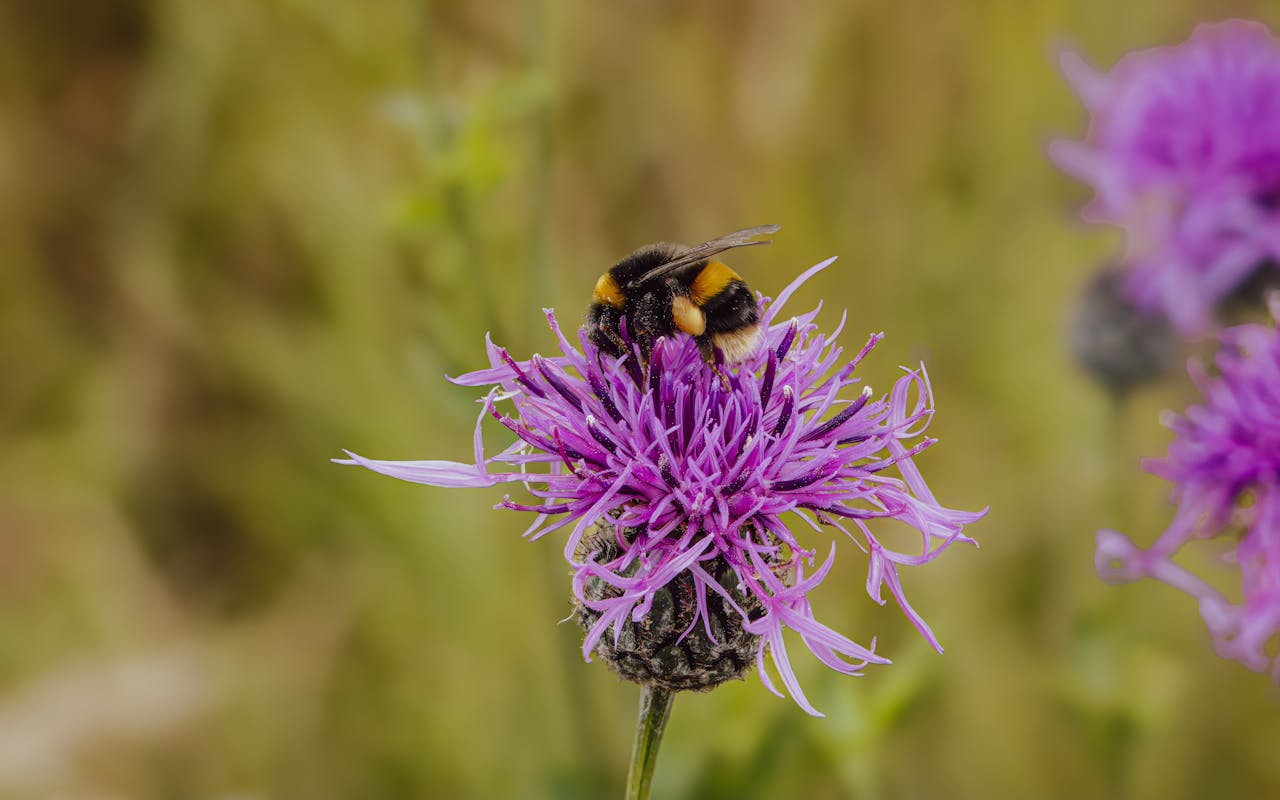
Over the years, I have tested a few and found these to work best:
- Jacob Cline: big red blooms and mildew resistant
- Claire Grace: strong stems and purple flowers
- Marshall’s Delight: pink blooms, hardy and reliable
These types can handle heat and humidity better than others.
How I Care for Bee Balm in Texas?
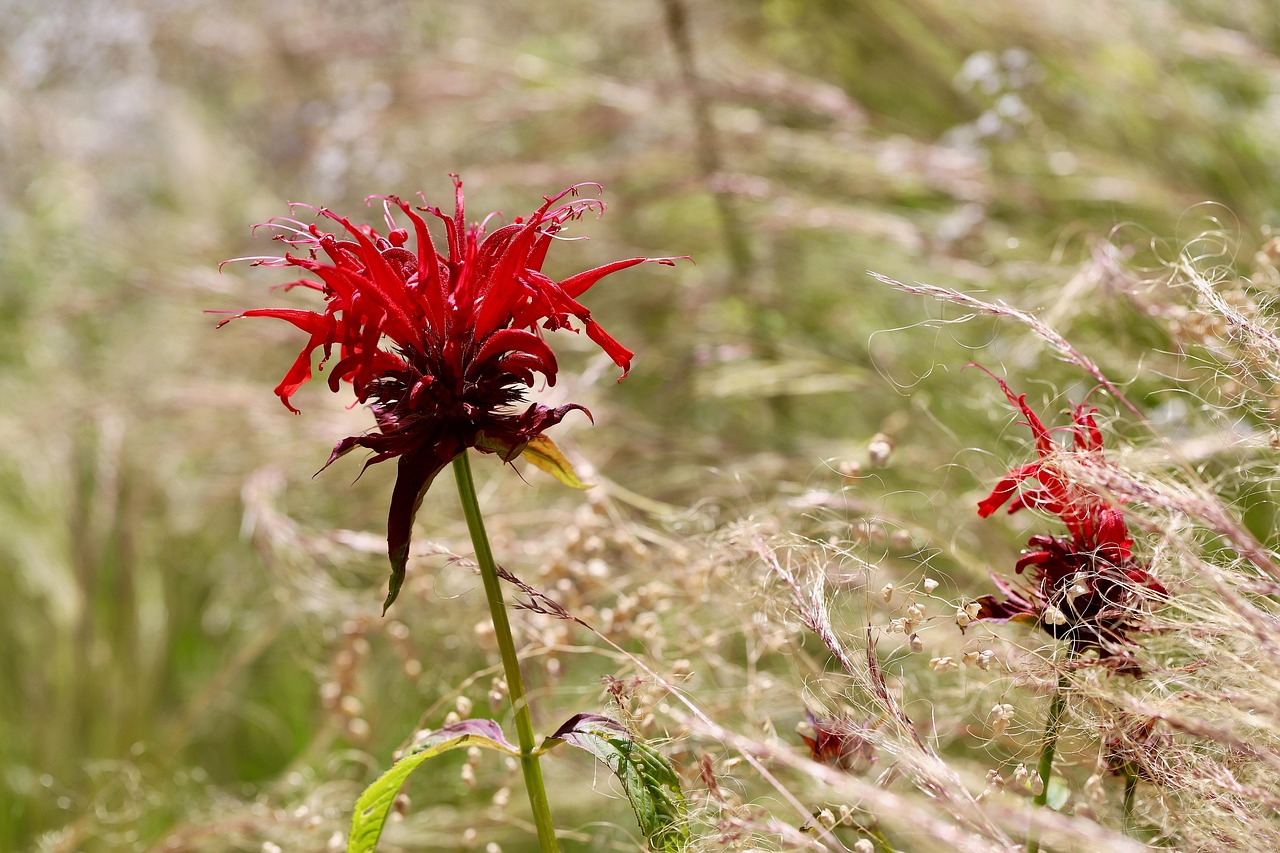
Bee balm is easy to grow, but there are a few tricks to keep it healthy.
- Soil and Watering
It likes slightly acidic soil with good drainage. I add compost before planting. Water deeply once or twice a week during dry spells, especially in the first year.
- Spacing and Airflow
Give the plants some room. I space mine about two feet apart. That keeps the air moving and helps prevent mildew, which can be a problem in humid areas.
Each fall, I cut the stems back to about six inches. They come back stronger in spring.
Final Thoughts
Bee balm has become one of my favorite plants. It brings color, life, and a little herbal charm to the garden. It grows well in most parts of Texas, and with just a little care, it will reward you with blooms and pollinators for years.
If you have not tried growing it yet, give it a spot in your yard. I think you will enjoy it as much as I have.
Frequently Asked Questions
Yes, especially with enough water and some afternoon shade.
Yes, it is a perennial and will return stronger each season.
Yes, bee balm is not toxic to dogs or cats.
Yes, just choose a deep pot with drainage. This is also a good way to control spreading.
Every two or three years. This keeps the plant healthy and prevents overcrowding.
Table of Contents
- Ultimate Guide to Growing Bee Balm in Texas: Benefits, Tips and Companion Planting
- What is Bee Balm?
- Types of Bee Balm That Work Well in Texas
- Does Bee Balm Like Full Sun or Shade?
- Bee Balm Benefits for Your Garden and Home
- What Not to Plant with Bee Balm?
- Best Bee Balm Varieties for Texas
- How I Care for Bee Balm in Texas?
- Final Thoughts
- Frequently Asked Questions
- Mona Lavender Plant: Complete Growing Guide for Beginners
- Alocasia Stingray Plant Guide: Tips for Healthy Growth
- Pink Lilly Flower: Growing and Caring for Pink Lillies

